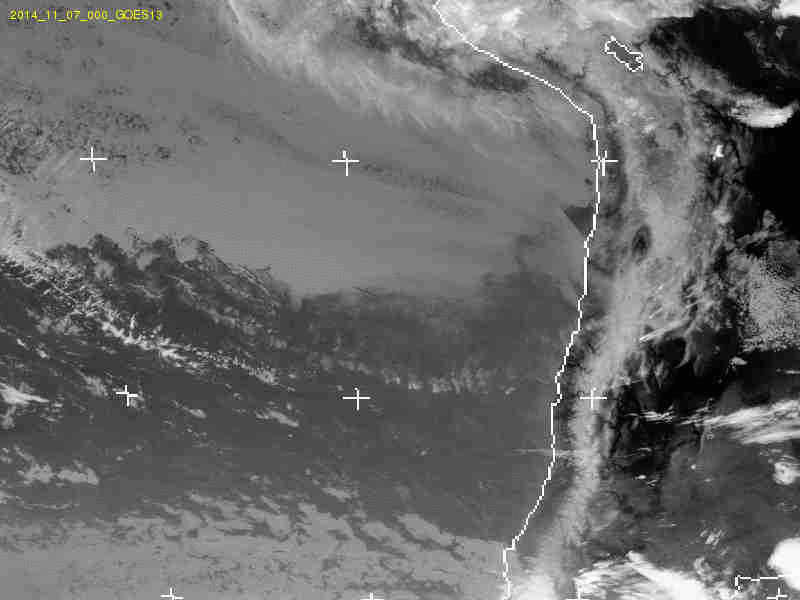Numerical simulations have developed over recent decades into a crucial tool for physics, astrophysics and cosmology. In particular, numerical simulations offer the only possibility to investigate the non-linear process of structure formation due to gravitational instability in the dark matter distribution in our Universe, as well as the complex interplay of this structure formation with the astrophysical processes that affect the visible (baryonic) material in our Universe (star formation, supernovae, AGN feedbacks). Such simulations furnish the theoretical predictions of our standard cosmological model, which may then be compared to the wide range of available data about galaxy clustering, galaxy evolution, weak and strong lensing, and other observables.
Furthermore, simulations provide a unique opportunity to investigate the consequences of theories that attempt to explain the still mysterious dark sector of our Universe (dark matter and dark energy). One example ithe MOdified Newtonian Dynamics (MOND) paradigm which attempts to explain the phenomenological aspects of dark matter by means of a modification of the Newtonian gravitational force. The consequences of such a modification are profound, and would impact all aspects of the evolution of our Universe, from cosmology to galaxy formation and evolution. Many researchers have proposed alternative models to explain dark energy, including modifications of Einstein's theory of gravity, General Relativity, as well as the inclusion of new matter/energy components, such as a scalar field referred to as "quintessence". Finally, there may be interactions within the dark sector that unite both dark matter and dark energy, giving rise to further interesting phenomenological consequences, that may be examined in simulations and compared with observations.
Numerical simulations are a fairly recent addition to the extragalactic group at IFA, yet there are several lines of research to investigate non-standard cosmological models:
- Numerical investigations of MOND: Dr. Graeme Candlish has investigated the consequences of MOND on galaxies by using the RAyMOND code developed by him in collaboration with researchers at the Universidad de Concepción, Chile and KASI, Korea. (Publication).
- The consequences of MOND for galaxy evolution: galaxies within dense environments would be subject to a MOND effect known as the "external field effect" that has no counterpart in Newtonian gravity. Several members of our group (Dr. Graeme Candlish, Dr. Yara Jaffé) in collaboration with researchers at Universidade de Sao Paolo and KASI, Korea, have investigated the consequences of this effect on galaxies within clusters.
- MOND cosmology: there is still no complete theory of a MOND cosmology, thus one of our projects involves the search for a possible complete MOND cosmological model, which may then be used to contruct a fully self-consistent MOND cosmological simulation.
- Dark energy/dark matter couplings: as stated earlier, it is entirely possible that the dark sector contains hidden surprises just waiting to be discovered. In this project we are investigating the possible cosmological consequences of different types of couplings between dark energy and dark matter, and their potential impacts at smaller scales.
Researchers in this area:
Students: Daniela Palma (Magister)





